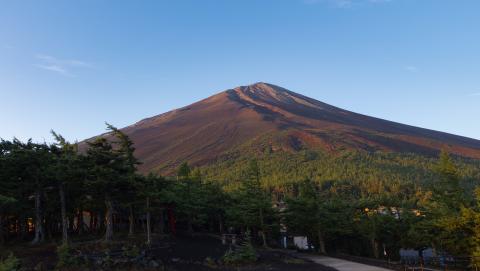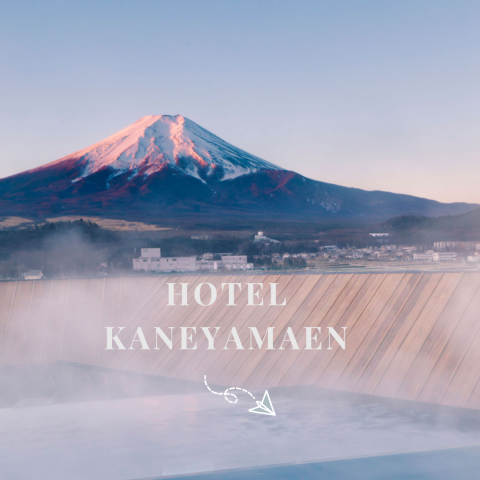Main content starts here.
Erinji Temple is located in Koshu City, Yamanashi. Groups of local students doff their caps, bow and thank, in unison, the motorists who stop to let them cross the road. If you are lucky enough to visit in the fall, you are sure to spot the array of orange-colored persimmons suspended to dry under the eaves of the houses surrounding the temple.

▲Drying persimmons
As you approach the temple, be conscious of its distinctive Zen Buddhist layout, featuring three elaborate gates. Continue walking in a straight line from the last of the three gates to reach the temple’s butsuden (a building which contains the main image of the Buddha). Just beyond the butsuden, you will come across the priests’ living quarters.


▲Erinji Temple (Koshu City)
As beautiful as the surroundings of the temple are, nothing can prepare you for the grandeur of the main temple itself. Erinji is the final resting place for one of Japan’s most famous warriors, Takeda Shingen (1521-1573). In addition to being a renowned Zen practitioner, Shingen came very close to conquering Japan before he died under suspicious circumstances during his final military campaign. In order to approach his grave, you must walk along a corridor known as the "Nightingale Hallway," which squeaks back at you like a nightingale with each step. This style of flooring was designed to detect enemies who tried to intrude castle grounds.

Oda Nobunaga (1534-1582), who feared Takeda Shingen, destroyed Shingen’s family temple, Erinji, in 1582. The final words of the monks who lost their lives in the temple fire are written on the southern side of one of the gates. The monks are said to have proclaimed that despite the heat of the fire, their Zen practice helped them endure the pain. Oda wanted to erase every trace of Shingen who had died 9 years prior. However, Tokugawa Ieyasu (1543-1616), who had a great respect for Shingen, ordered the temple be rebuilt, employed Shingen’s retainers, and even maintained Shingen’s system of local laws.


The historic garden at Erinji Temple, established by one of Japan’s most celebrated landscape gardeners, Musō Soseki (1275-1351), is recognized as a national site of scenic beauty.
An English-speaking monk will be your 21st-century guide for this endeavour. He begins his Zazen session with a short introduction to Zen. Mindfulness, he says, is about gaining something, while Zen meditation is about losing something. His aim is to help you clear your mind and help you reach inner peace. He says that the clarity that comes with inner peace will unveil your true potential.


Sitting in a half or full lotus position, you are taught to breathe and exhale fully through your nose. Ignore what other people around you are doing, and just breathe. You quickly realize that you are not going to be successful at this endeavour if you overthink it. You are never going to find peace outside of your own head. Don’t let the past or the future ruin your concentration. Absorb the sounds of nature from the garden. Imagine you are part of the garden. If you are having trouble meditating, put your hands together and submit to the keisaku (a flat wooden stick or slat). A strike or series of strikes, usually administered on the meditator's back and shoulders in the muscular area between the shoulder and the spine, actually feels quite therapeutic!

▲Zazen Meditation at Erinji Temple
More Info
Erinji Temple website:
https://erinji.jp
Getting there: By bus, from the south exit of JR Chuo Main Line, Enzan Station, take the Nishizawa-keikoku-bound bus and get off at the Erinji-mae stop.
Published on
- April 14, 2022
Share
-

Fuji Subaru Line 5th Station & Mt. Fuji Travel Guide
March 3, 2025
Home of Mt. Fuji > Staff Journal > Erinji Temple

